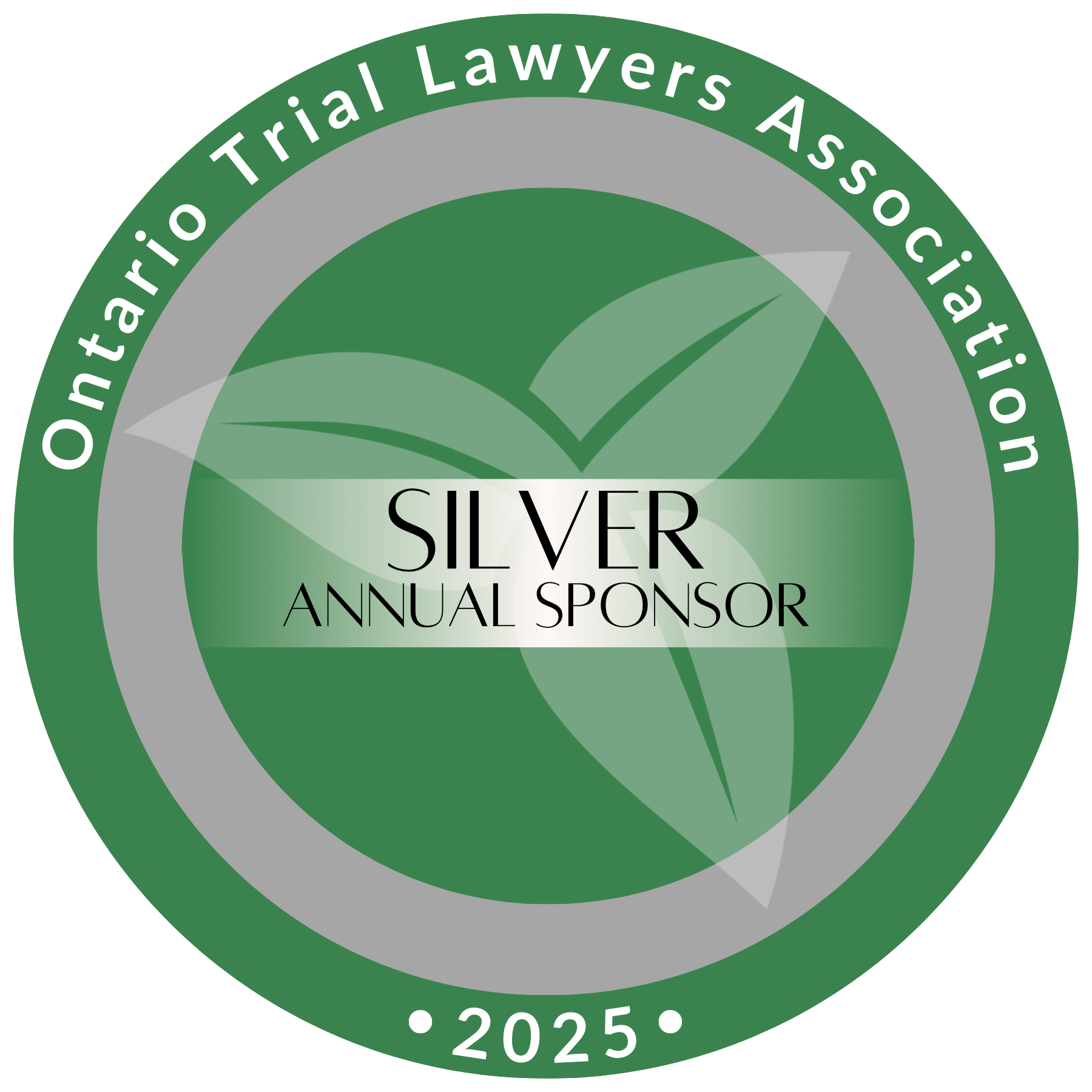PsycIME Virtual Offices
National Access, Local Expertise
PsycIME offers convenient, secure, and direct access to our leading team of psychiatrists and mental health professionals—no matter where you are in Canada or the United States. Our fully virtual assessment platform allows individuals, law firms, insurers, employers, and other IME providers to connect with clinicians in real time, ensuring continuity of care without geographic barriers. Whether you’re navigating accident benefits, disability claims, capacity evaluations, or trauma-related assessments, PsycIME delivers high-quality psychiatric expertise through a virtual experience designed for privacy, accessibility, and efficiency. With multilingual capabilities and rapid turnaround, our virtual services uphold the same clinical and medico-legal excellence trusted by users nationwide.

Dr. Shahzad Shahmalak
Dr. Shahzad Shahmalak

Dr. Shrenik Parekh
Dr. Shrenik Parekh

Dr. Anjali Sharma
Dr. Anjali Sharma

Dr. Jasmine Tsang
Dr. Jasmine Tsang
Virtual Office
Dr. Emily Gavett-Liu
Dr. Emily Gavett-Liu

Dr. Anson Liu
Dr. Anson Liu

Dr. Angela Han
Dr. Angela Han

Dr. Georges Loba Gutierrez
Dr. Georges Loba Gutierrez

Dr. Kwame Badoe
Dr. Kwame Badoe





